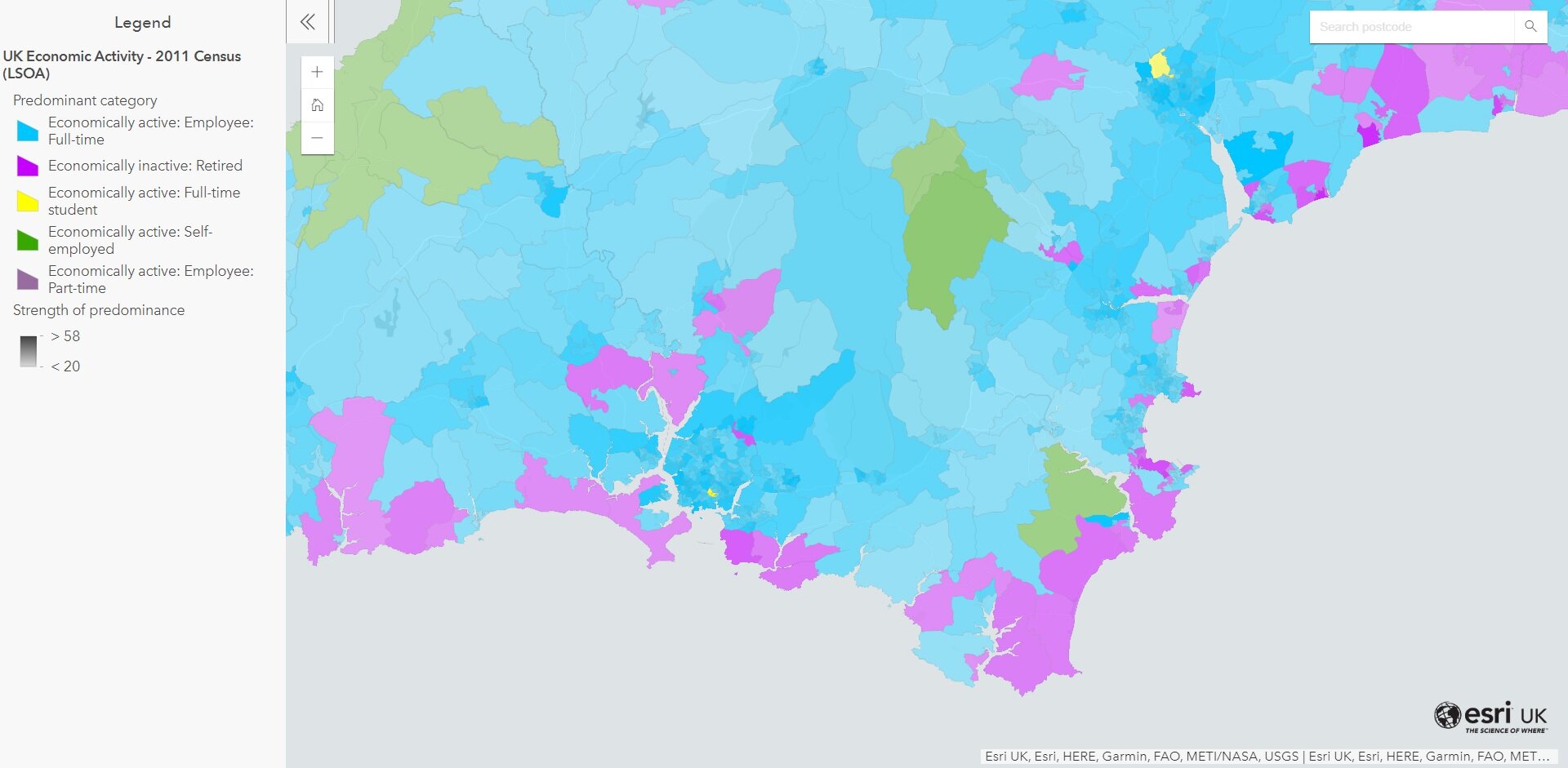


The range for each class and the number of classes should be deliberate choices made after careful consideration. There are several classification methods that can be employed in the creation of this renderer, but defining class breaks in code typically involves manual classification.Ĭlassified visualizations are ideal for maps where predefined breaks hold meaning to the end user. Right-click to delete any you don't want. Click the one you're concerned with and you'll see your custom symbols on the right. you've made will appear as a yellow folder. Under that, any categories which contain custom symbols, labels, etc. You will see a style on the left called 'Dano'. A list of class break info objects that match a unique symbol with a range of expected values returned from the field or expression.įor visualizations with light basemaps or backgrounds, classes representing smaller numbers are typically represented with light colors and classes representing larger numbers are represented with dark colors. In ArcMap, Go to the Customize menu, click Style Manager.A reference to a data value either from a field name, or an Arcade expression.This style is configured with a class breaks renderer.

While a class break's symbol is distinct from another class break's symbol, symbols are typically similar to one another in allĪspects with the exception of one property, such as color. You can use this style to answer questions beginning with how much? It involves defining meaningful ranges of numbers into two or more classes, representing each class with a unique symbol. The class breaks style allows you to visualize numeric ranges of data. Census tracts styled with a class breaks renderer displaying the level of high school education What is a class breaks style?


 0 kommentar(er)
0 kommentar(er)
